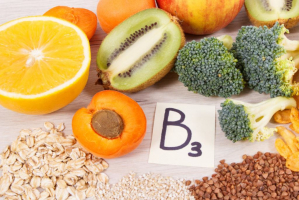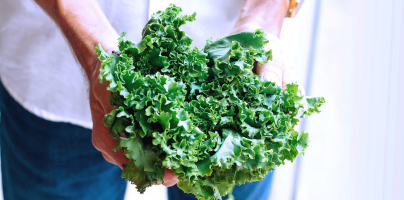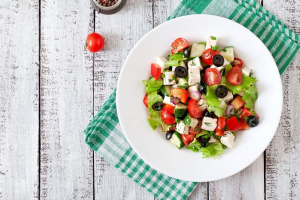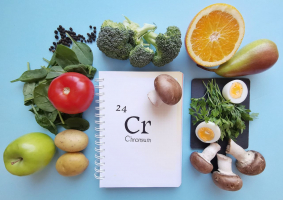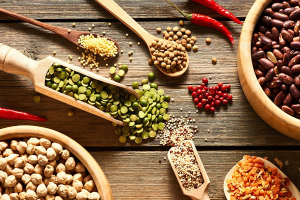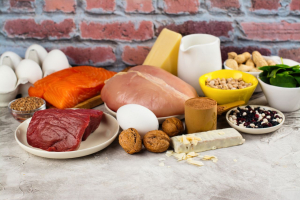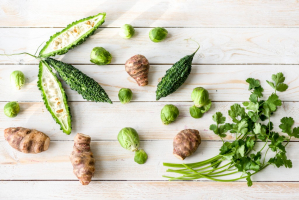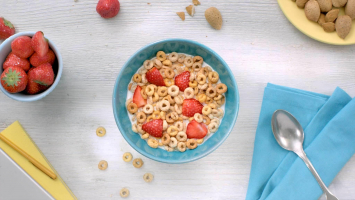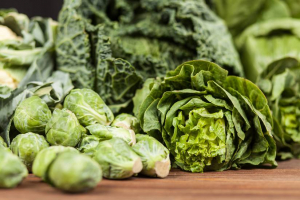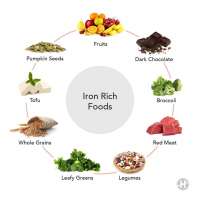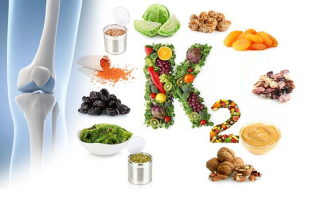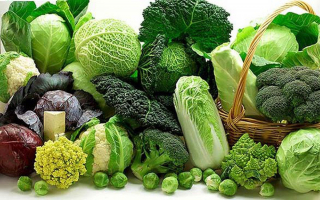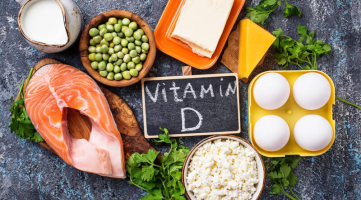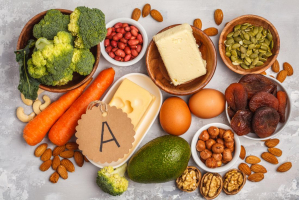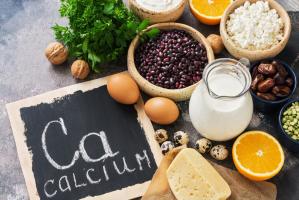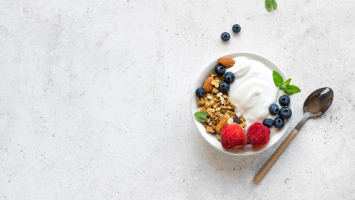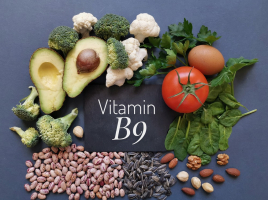Top 8 Healthy Foods That Are Actually High In Calories
Most people are aware of how harmful processed foods, chips, and sweets are. Many people substitute healthier options like nuts and dried fruits for unhealthy ... read more...ones like potato chips or ice cream when they want to snack. These may be healthy but actually are calorie-dense foods that can affect your intake of calories. Check out to find out about these foods!
-
Many health-conscious people choose health shakes or smoothies instead of bubble tea outlets. Smoothies contain a lot of sugar, even though they are significantly richer in nutrients than bubble tea.
A smoothie made out of berries, avocado, Greek yogurt, and a few chia seeds may appear healthy, but it has more calories. The smallest-sized smoothies from restaurants and smoothie shops often range in caloric content from 200 to 400. A medium or large-sized may have well over 1,000 calories, which is likely more than half of your caloric intake need. The calorie consumption is made worse by additional components such as nut butter, syrup, full-cream milk, and ice cream. Make your own smoothies instead of buying them so you can control the ingredients and calories in your healthy beverage. This includes choosing skim milk or unsweetened soy milk instead of syrup and sugar.
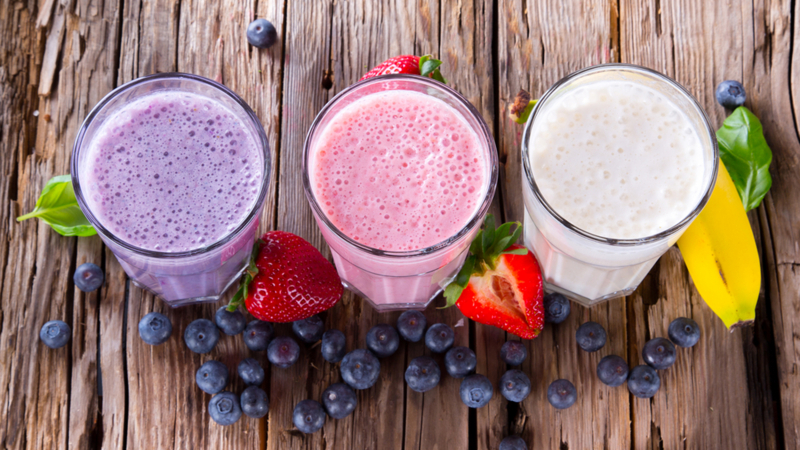
Smoothies 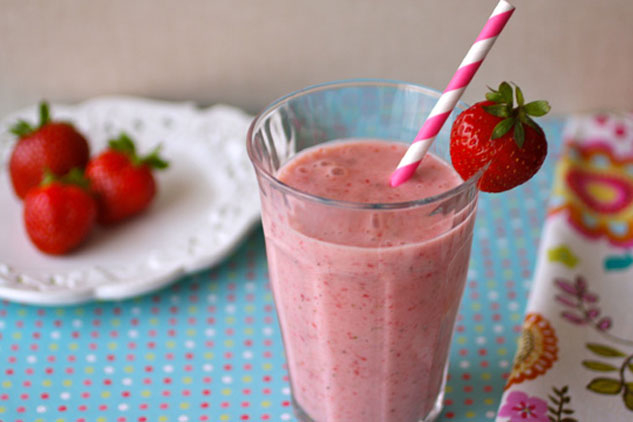
Smoothies -
Avocados are the newest health fad all across the world, particularly among millennials. Cafes have added avocados to their brunch menus in response to the growing demand for them. Avocado smoothies are still recommended by beauty experts as a source of nutrients for a glowing complexion.
In fact, avocados are a good source of monounsaturated fat and make for a nutritious snack. Avocados do contain a lot of calories, though. Avocados have a lot of calories due to their fairly high-fat content. For instance, 3.5 ounces (100 grams) of strawberries have 32 calories whereas 3.5 ounces (160 grams) of avocado have 160 calories. Although a variety of factors might influence weight gain or loss, the most important one is the number of calories you consume. Because avocados have a lot of calories, it's simple to overeat without realizing it. As a result, don't skip the avocado but do watch your portion sizes when enjoying that fruit that is filled with nutrients.
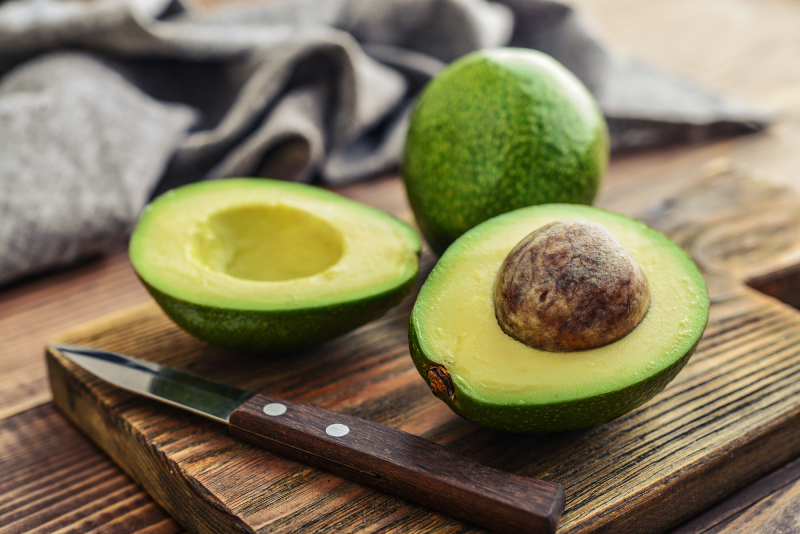
Avocados 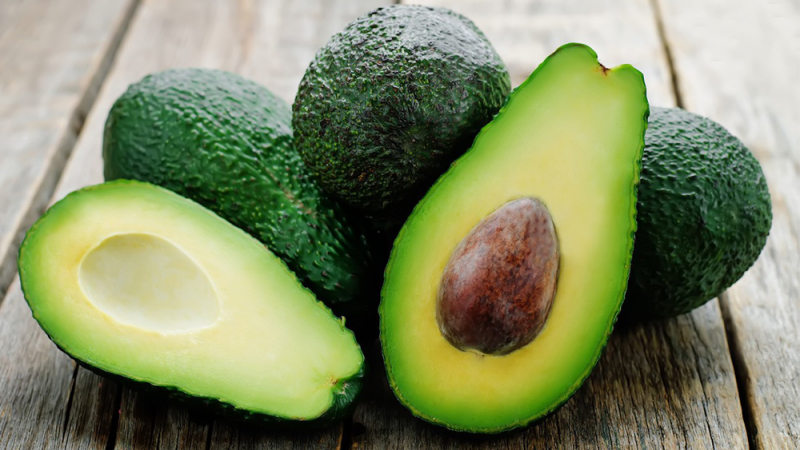
Avocados -
It may be difficult to believe, but it's possible that these tiny dried fruits contain more calories than you think. This is due to the fact that most dried fruits sold in packages, such as apricots and raisins, are covered in sugar before drying. Common dried fruits contain 38–66% sugar, and consuming excessive amounts of them can lead to weight gain and other health issues.
Of course, dried fruits are still a healthy choice if you can control your sugar intake. As they are often a good source of antioxidants, fiber, iron, and potassium, they make for a nutritious snack when consumed in moderation. The solution is to read ingredient labels and choose products with no added sugar while keeping serving sizes to no more than 20 grams. Most people eat more than they should since dried fruit's small size makes it seem like they're eating less.
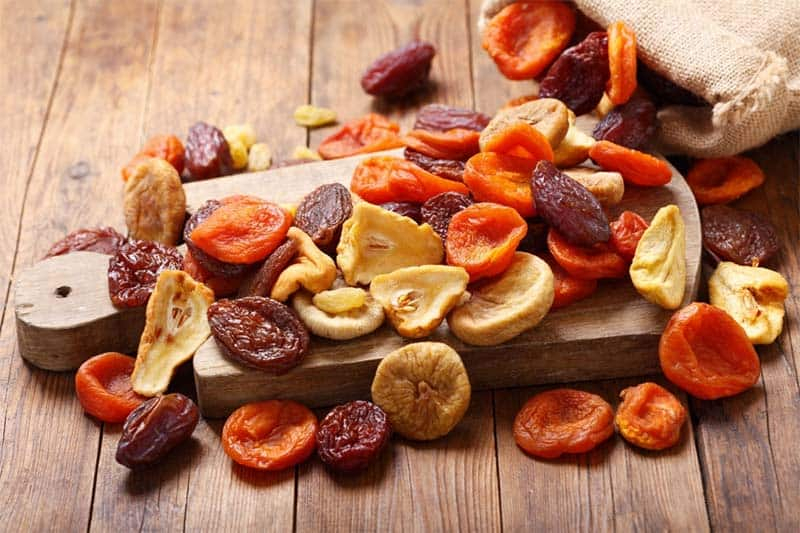
Dried fruit 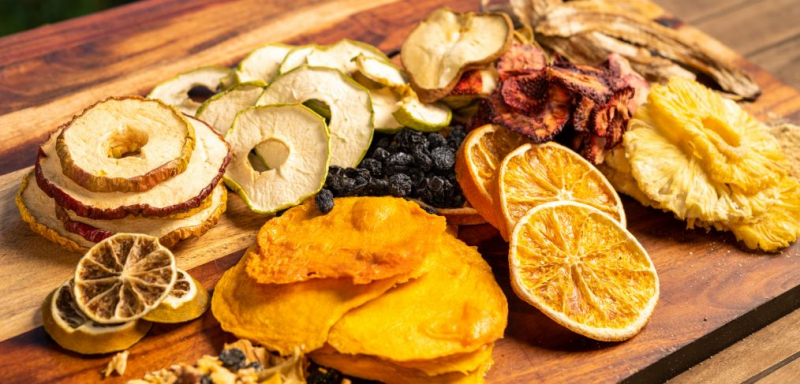
Dried fruit -
Balsamic vinaigrette is often misunderstood as a low-calorie salad dressing. Although the dressing's olive oil includes beneficial monounsaturated fat, it has a lot of calories. In fact, vinaigrette often contains more oil than vinegar. This dressing typically has 120 calories per 2 tablespoons, which is only a few calories less than a small bag of potato chips.
Opting for less dressing or asking to have your dressing on the side will allow you to decide how much you want on your salad, which is a healthier alternative. Your metabolism will be boosted and your salad will taste better if you squeeze some lemon juice over it. Or if you want to get the flavor of balsamic, you can swap out the vinaigrette for balsamic vinegar, which adds zest and tang instead of cream and fat.
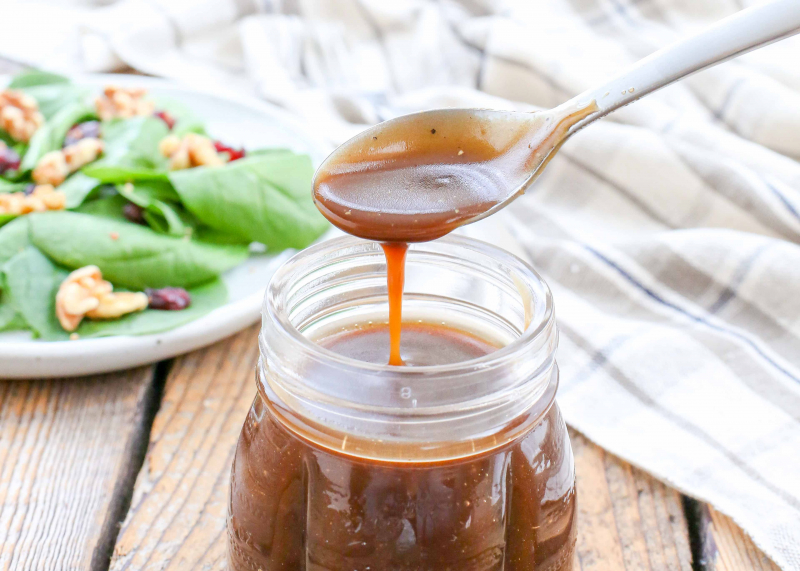
Balsamic vinaigrette dressing 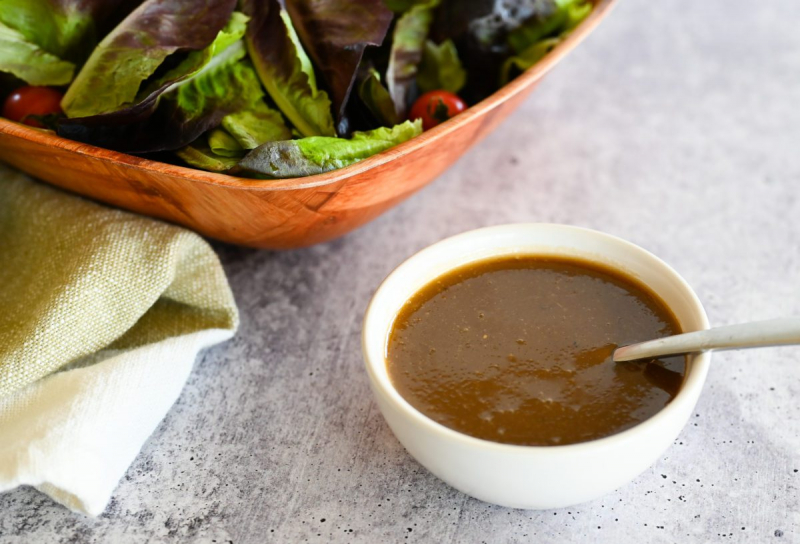
Balsamic vinaigrette dressing -
Some people may have intestinal inflammation as a result of the protein gluten, which is found in grains including barley, wheat, and rye. Never believe that anything is healthy just because it includes the suffix "-free". In some cases, the gluten-free has more calories because you are adding more sugar", says Leslie Bonci, director of sports nutrition at UPMC Center for Sports Medicine in Pittsburgh.
Ice cream without gluten is a clear example. First of all, being gluten-free does not exclude the existence of gluten protein. Second, even ice cream made without gluten might contain a lot of sugar. Remember that products that claim to be free of anything, whether fat, sugar, or gluten, frequently have additional ingredients added to make them more palatable. So, the next time you have ice cream that is gluten-free, limit yourself to one serving.
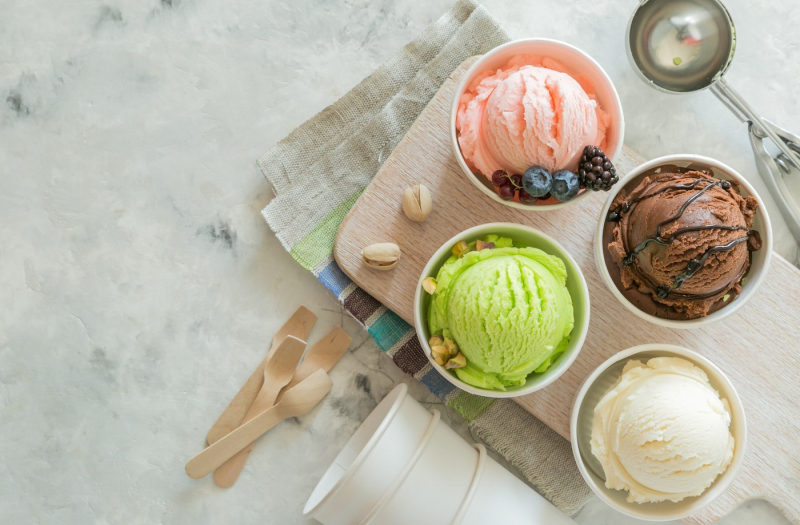
Gluten-free ice cream 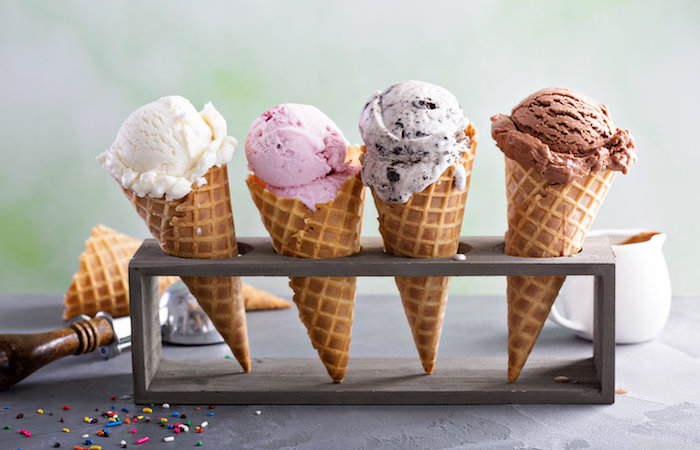
Gluten-free ice cream -
Granola bars are not all made equal. Oats, chocolate chips, dried fruit, nuts, seeds, honey, coconut, and other ingredients are used to make granola bars.
Granola bars' nutritional content might vary significantly depending on the brand and ingredients used. Even while some may be a better option for a snack, the majority of pre-packaged varieties are heavy in sugar and calories. Although many types include excessive amounts of sugar and calories, there are also a number of healthier alternatives. When shopping, keep an eye out for products with a low-calorie count and look up the sugar amount in the nutritional information. Your best option is to make your own granola bars without using excessive amounts of sugar, and you should absolutely restrict your intake.
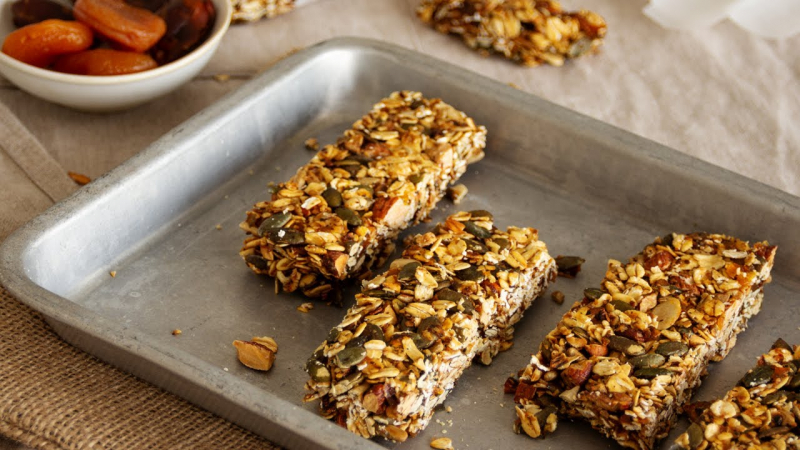
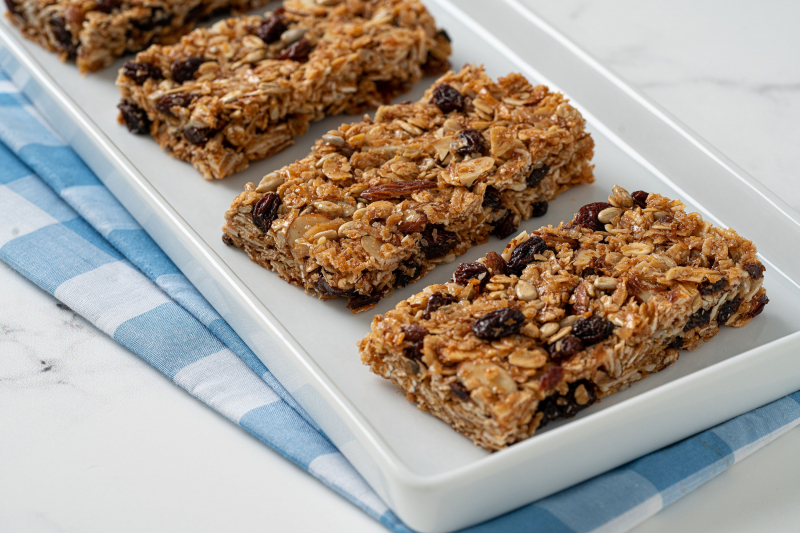
-
Nuts are unquestionably a healthier alternative to potato chip bags and make for a satisfying snack. Even though nuts have a high-fat content, they differ from chips in that they have monounsaturated and polyunsaturated fat, which are healthy fats. Nuts are also a good source of protein and fiber.
Unfortunately, eating too many nuts still has adverse health effects due to their high-calorie content. Because they are high in fat and calories, many people assume that adding nuts to their diet will lead to weight gain. To reduce the extra calories, choose raw, baked, or dry-roasted nuts instead than those that have been sugared and oil-roasted. Repackage the jumbo packs into more manageable serving sizes to control how much you consume.
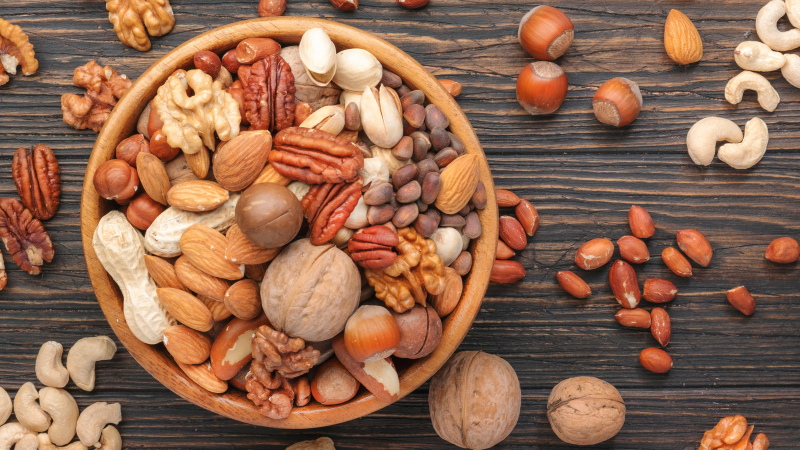
Nuts 
Nuts -
The appearance of frozen yogurt has been revolutionary for those who are on a diet but yet want ice cream. Although a serving of your typical non-fat plain-flavored froyo has only about 300 calories, it also typically has about 70 grams of sugar before any toppings.
Although most non-fat foods have fewer calories, they still include a lot of sugar. Because both frozen yogurt and ice cream are made from milk, their protein and sugar content tends to be similar. Sadly, as with many lower-fat products, brands often add extra sugar to froyo to compensate for its less-creamy taste. Even just imagine how many calories you would add if you added a scoop of Oreos or caramelized cookies and drizzled white chocolate sauce on top.
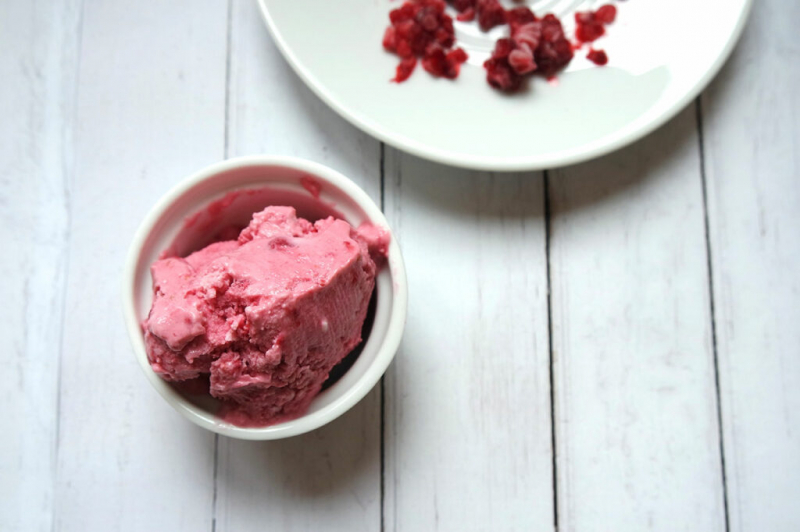
Frozen yoghurt (froyo) 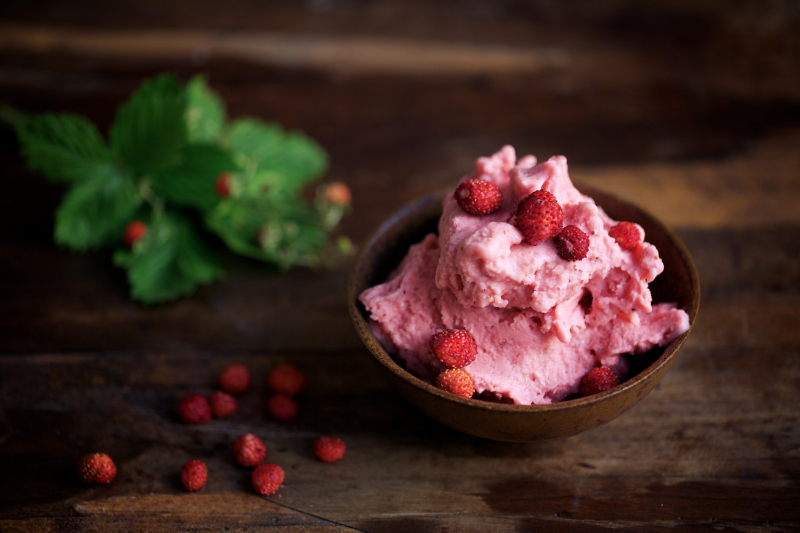
Frozen yoghurt (froyo)










